If you’re considering buying an inflatable boat, be it a dinghy, pontoon boat, kayak, or just an inflatable raft, you are probably curious about its lifespan, so in other words, how long you can expect your boat to function safely.
Knowing how long inflatable boats last is especially important if you are considering buying a used inflatable watercraft.
Contents
What is the average lifespan of inflatable boats?
On average, the life expectancy of a properly kept inflatable boat is 10-15 years.
With that said, know that it’s hard to give an average lifespan because there are several factors at play that will shorten or lengthen it.
Here are the factors that can lengthen, or reduce the lifespan of an inflatable boat:
- age of boat
- the material used (PVC vs Hypalon)
- hand-glued vs machine welded seams
- amount of UV rays the boat was exposed to
- how the boat was stored when not in use
There are extremes as well:
- If a boat is not kept properly, it won’t last beyond 2-5 years.
- On the other hand, I have seen boats 20+ years old functioning beautifully.
How to tell the age of a used inflatable boat?
If you are looking to purchase a used inflatable boat, it is important to know the age of the boat to make sure it doesn’t fail on you in a year.
Inflatable boats with a Hull Identification Number (HIN) will reveal their year of manufacture. More info on HIN here.
The number is usually found in the stern (usually affixed to the upper right corner of the rear of the transom) and can be engraved on a plate or stamped into the boat material.
The HIN is a 12 character serial number that reveals a lot about a boat:
- The first 3 characters are the manufacturer’s identification code.
- The middle 5 characters are the boat serial number.
- The last 4 characters are the date of certification for the boat.

The US Coast Guard maintains a database of Manufacturer ID codes.
The code is also handy for checking whether the boat has had any recalls.
Hypalon vs PVC boat lifespan
There are 2 kinds of materials used to manufacture inflatable watercraft:
- Hypalon – A trademark for a synthetic rubber compound owned by DuPont. Hypalon itself is no longer made by DuPont. Identical synthetic rubbers are marketed under new trademarks, such as Nitrilion and Orca.
- PVC – A synthetic plastic polymer.
The glue used on Hypalon vs PVC inflatables is also different, as each material type can only be glued by a specific type of glue.
Why does this matter?
PVC and the glue used to stick the pieces of PVC together are very sensitive to UV rays. PVC loses elasticity under UV radiation, which means that PVC inflatables used in areas of abundant sunlight will not last long. 4-7 years at best. A PVC boat will not last more than 2 years if used in a place with lots of sunlight and left uncovered. If you live in tropical climates like Florida, I would not recommend you spend much money on a PVC dinghy.
The glue used on Hypalon is not as sensitive to UV radiation as PVC glue, and the Hypalon material itself is not affected by UV rays at all.
And while both Hypalon and PVC seams can fail, PVC boats fail at a higher rate.
Glued vs welded seam lifespan
The different sections of an inflatable boat are either hand glued together, or machine welded together.
Freshly glued or welded material will create a seam which is stronger than the base fabric, which is great.
So what is the difference?
- Glued: a glue is applied to the material pieces by hand, which glues them together creating a chemically induced bond. Rubber can be glued, as can PVC.
- Welded: a machine welds (melts) the 2 materials together. Only PVC can be welded, rubber cannot.
With welding, the 2 pieces of PVC material are effectively melted together, so they become one. A thermo-welded seam is a permanent bond with high-pressure tolerance. This means the weld can last indefinitely.
With glued parts, the glue will get tired after a while and let go. How long before the glue fails? It depends on the type of glue used, and the conditions the boat was used and stored in. It can be anywhere from 2 to 20 years.
Returning to boat materials, you should also know that Hypalon (being rubber) can only be glued, while PVC can be glued or welded.
If you are buying a used inflatable boat, you will want to check whether the glue is holding strong. Check for lifting around the glued areas:
- seams
- transom
- bottom
If you see any inconsistencies, seams starting to lift away, the glue is failing.
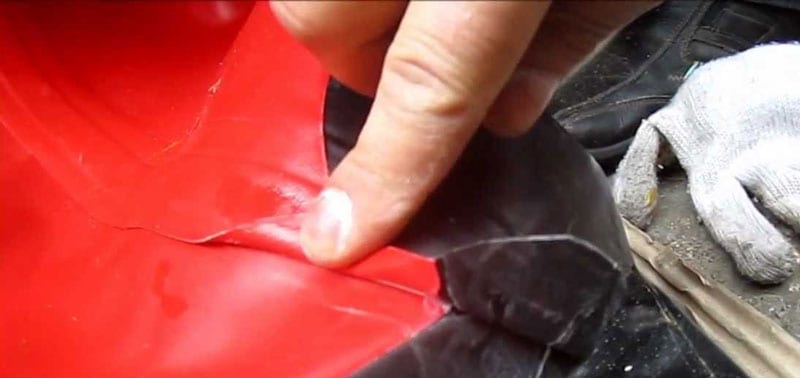
It should be evident that higher quality boats will use higher quality glue. The glue used with $35 PVC inflatable raft will not last as long as one used with a Zodiac.
How to increase the lifespan of an inflatable dinghy?
Perhaps the single most important factor that will determine the lifespan of an inflatable watercraft, be it a dinghy, raft, pontoon boat, a kayak, or even a SUP, is how it is cared for by the owner.
Keep the following advice in mind, and your inflatable boat will provide many years of faithful service:
- Clean your boat after use, especially after salt water.
- Do not leave your boat out in direct sunlight when storing. This is perhaps the most important rule of thumb with inflatable watercraft.
- I use this cleaning solution once in a while, it cleans and protects against UV rays.
- Humidity and heat will lead to PVC glue failure. Store it in a well ventilated, dry place when folded up, not a closed box.
- Mind how you fold the boat.
How old is YOUR inflatable boat?
It would be great if you, dear reader, would share how old your inflatable boat is, or how long an inflatable you had lasted.
If it falls into an extreme (less than 10 years or more than 15 years), please describe how you kept it, what could have led to the extremely short/long lifespan of your boat.

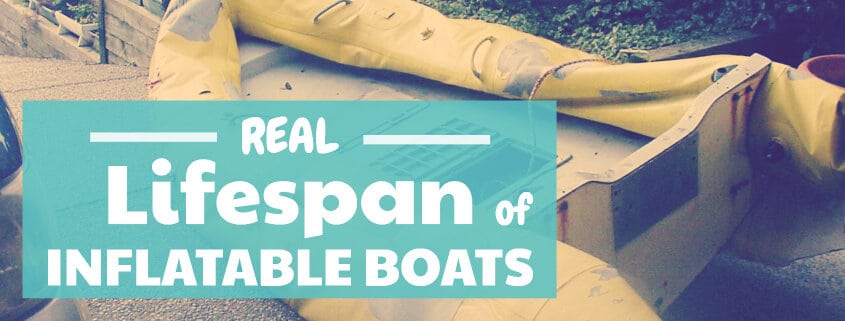
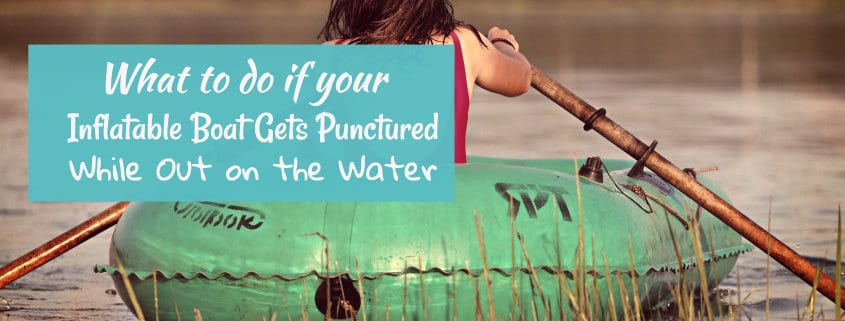
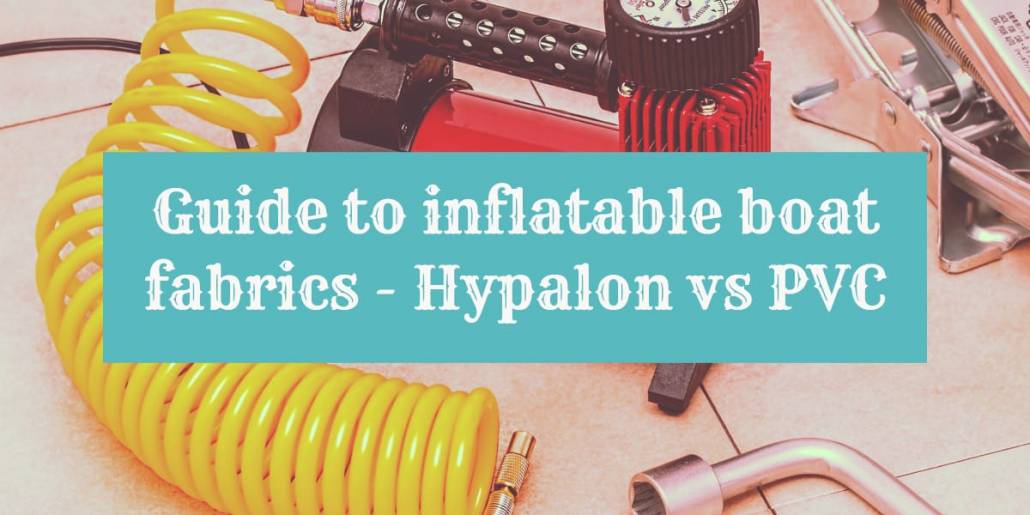
![[Guide] Inflatable Sports Boat Registration in All US States (2024 Update)](https://pumpupboats.com/wp-content/uploads/2019/02/A-guide-on-inflatable-sports-boat-registration-in-all-US-states.jpg)
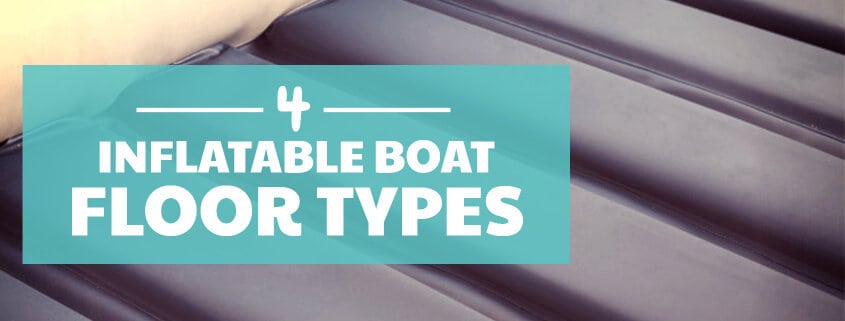
We run a 14′ 12 year old PVC raft fitted with a NRS frame suitable for multi-day floats. The boat is left inflated (vented to soft when not in the water) and always covered or stored inside when not in use. We are in our 60’s so the boat gets dragged dry and loaded to and from the river. Happy to report, never a leak yet but over winter storage we do loose a bit of air from one chamber, guessing the valve is the issue. I think I would go the PVC route again when it is time to replace. I think we have well over 100 trips with this boat but the icing on the cake is I purchased the boat middle of the winter for $1,600 (suggested list is $2,800). Type is a Odyssey 14′ self bailing. On the flip side, I just replaced the Hypolon tubs on our 10′ RIB, $2k for just the tube, ouch.
Came across a Zodiac MilPro FC420 for sale. It was made in 2005 and was wondering if an inflatable boat this old is still worth buying?
This totally depends on the condition of the boat and its price. It could already be trash if not cared for, or it could have no problems at all. You have to see it and inspect it.
Does anyone own a F Rib? this is a foldable rib with a rigid bottom. I was wondering if the folding process damages the PVC in the long run?
Have a z131 Zodiac PVC, 30+ years old. Always cleaned and stored in dry storage. 2 patches over the years from punctures. Still going strong, took it up to San Juan Islands as a tender last year.
I Have an Intex seahawk II, bought 2012. always stored folded and in a bag. Since last year it has starting to have leaks around the protection rubber that surounds it. how can I fix this? other punctures that is has and small holes, I have patch them with bike patches and it works… but can only use this method in a flat surface. (the glue it came with to fix didnt work thats why i tried the patches). I put this boat in harsh places.
The Seahawk (my review) is not a durable, high quality boat. Once the seams start failing, as in your case, it might be time to start thinking of getting a new one. It has served you for 8 years, which is actually very good with budget rafts.
Hi Tom, glad you took my rubber vs PVC suggestions on board.
But under the ‘Glued vs welded seam lifespan’ you still refer to ‘welding’ rubber.
You can only glue rubber; PVC you can glue or weld (better) – and RF weld by machine or by hand with a heat gun and roller. Where labour is cheap hand welding PVC is more common than people realise. Cheaper than investing in a heat welding machine.
Looking forward to reading more.
Hi, yes, it looks like I used rubber and PVC interchangeably at times. Have corrected that, thanks for your input.
i had a kaboat that after 5 years the cup glue failed while sailing st sea! i didnt panic and made it to the shore.glued it but couldnt trust the glue anymore and i got a new kaboat and after 2years the transom glue failed while at sea.both boats pvc fabric looks great and as good as new. where always stored softly inflated in dark storage room. always used in salt water. never been washed from salt! salt effects metals but i dont see how salt effect pvc. i am quiet sure salt has no effect or interaction with pvc. its only a myth. i red that humidity is a problem.is it? anyway salt keeps humidity for sure. boats were stored in a cool winter zone and 2month of hot summer. made in china. lost faith in inflatable boats.
Hi Erik, everything is made in China nowadays, so don’t be bothered by that. Saturn boats are generally really good quality. Thick PVC with glued seams (molecular bond), adding overlap above and below the seams. They have an optional 5-year warranty, which is a lot and shows confidence in their product.
You mentioned you never washed your boat, which is not good, especially with saltwater.
Also, 2 months out in the sun can definitely degrade PVC, unless you cover it or spray it with some kind of UV protectant.
You have to take good care of these boats to get them to last.
Why not to contact dealer of that KaBoat to see what they can do about it? If boat just over 2 years old, they can probably still do something about it. Saturn KaBoats are made in Korea, it says so on a transom plate, so perhaps that was copy cat of Saturn KaBoat. These days there are many companies in China that stamp out similar type of narrow motor boats, look similar to kaboats, but its not… I would probably contact whoever sold you that boat for help.
Sorry but calcium has a affect no matter how slight to either or the softening or harding of any material..
I have a 1 year old alecko but really haven’t used it. I do have it in climate controlled storage
I acquired a 2003 Avon RIB made of Hypalon. Guy was tossing it at the local dump because it was leaking, so I took it home and pumped it up. Port side tube has yet to go soft after a couple months and the starboard tube goes soft after a few days< which I find quite acceptable. I will be repairing it once I locate the leak, hence how I stumbled upon this site looking for repair info. Aside from the slow leak and some minor damage to the fiberglass hull, 16 years later it has still got some good life left in it.
I had a PVC boat that I didn’t take care of at all. Left it out in the sun while at the beach, and in a partially covered area in my yard at home. It lasted 2 years, than is literally started coming apart… You have been warned.
We have a sailboat and have a dinghy attached to it, which means it’s always exposed to the sun. It’s a hypalon boat of course, about 10 years old, no problems with it at all.
It really depends on how much exposure the boat has to the sun. The sun is a slow killer of plastic boats (PVC). If you don’t protect it from the sun, you will get only a few years out of your boat. The seams start failing, the color fades, all relatively quickly.
But if you take care of your boat, it will last much longer.
Regardless, if you live in Florida like me, and use your boat often, it’s better to stay away from PVC.
I bought a PVC Suzumar (by Suzuki) a few years ago, but it has started failing here and there.
My Quicksilver PVC boat is 11 years old. It’s had a few punctures which I patched.
Before this I had a Yamaha PVC boat, which lasted 1 year. The material was terrible, it literally went pourous and developed hundreds of tiny holes. No more Yamaha for me.
I have a 20 year old 9′ hypalon boat. It doesn’t leak, but is not looking too good lately. Granted, hypalon is hard to clean.
The boat probably has a few seasons left in it though.
I also have a PVC zodiac future, mine is 10 years old. The seams are holding together well, but I take good care of it. It’s in a garage when not in use.
My Future Mark III is 21 years old this year. It has a few patches here and there, but nothing major. Patching it is easy by the way.
I think as long as you keep it dry, out of the sun, and free of gravel and grit, it’ll go for a long time.
I have an 18 year old hypalon boat with 1 small patch. It is well cared for.